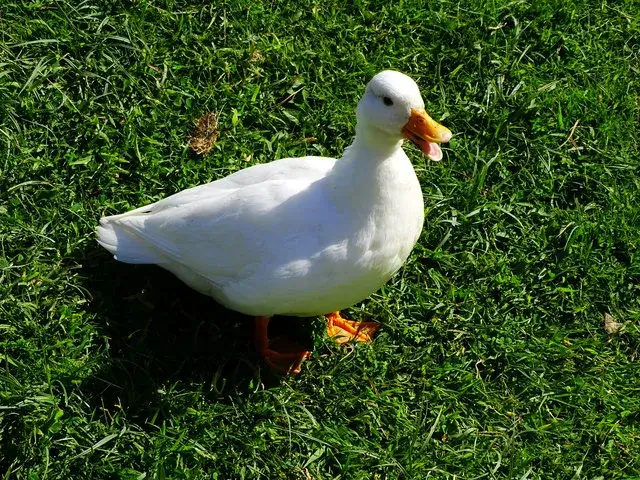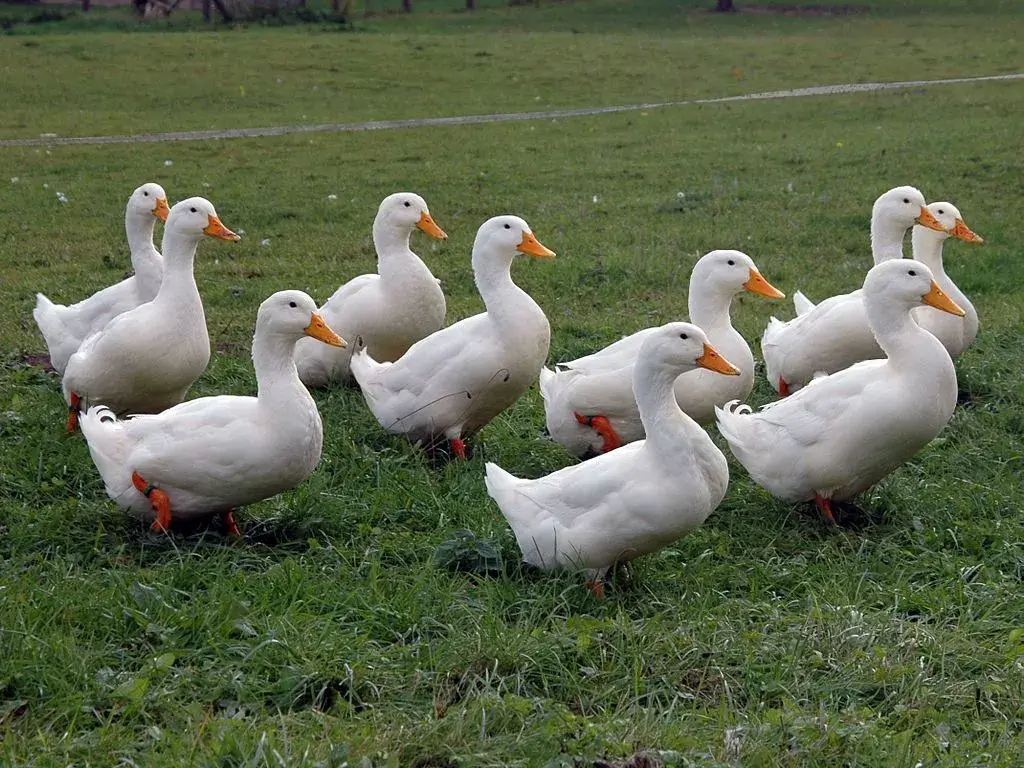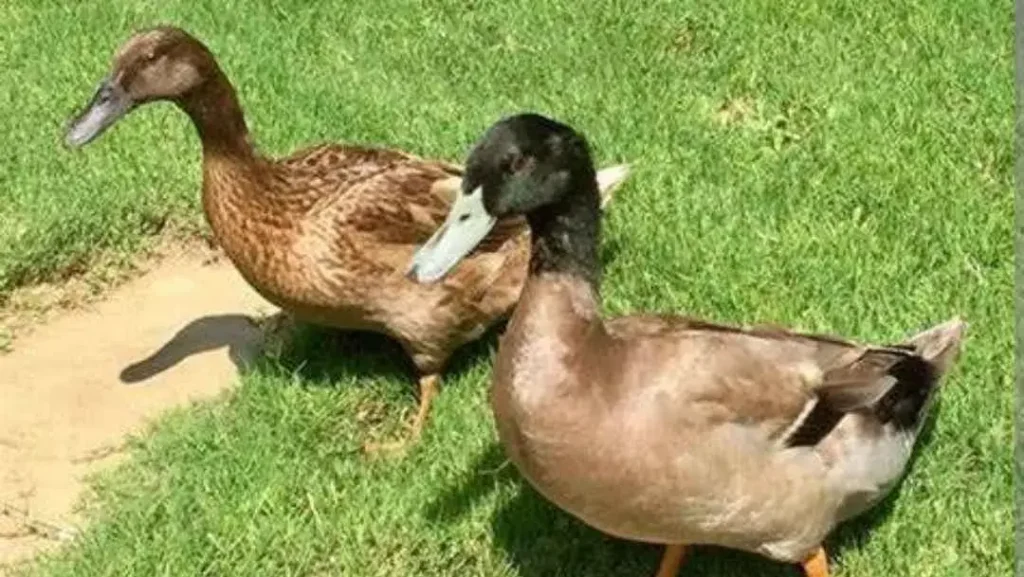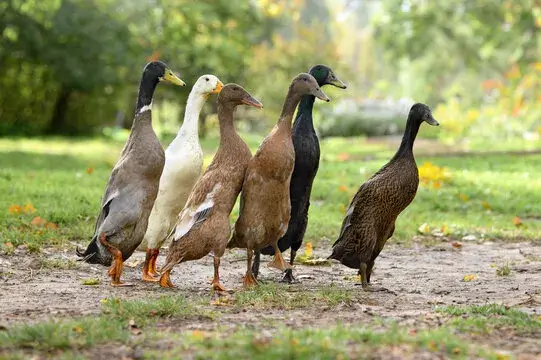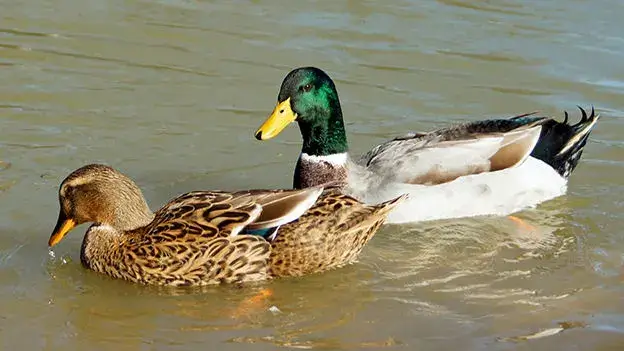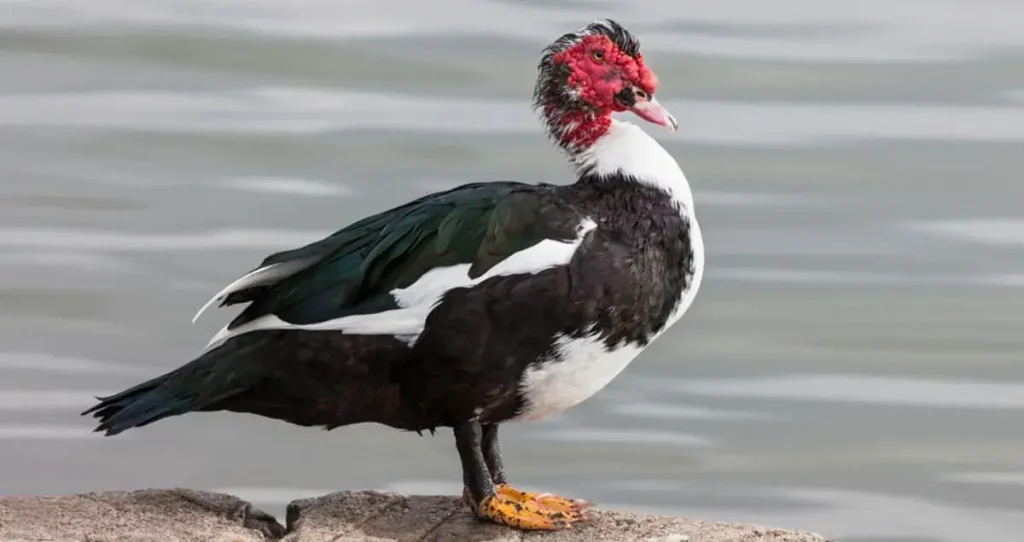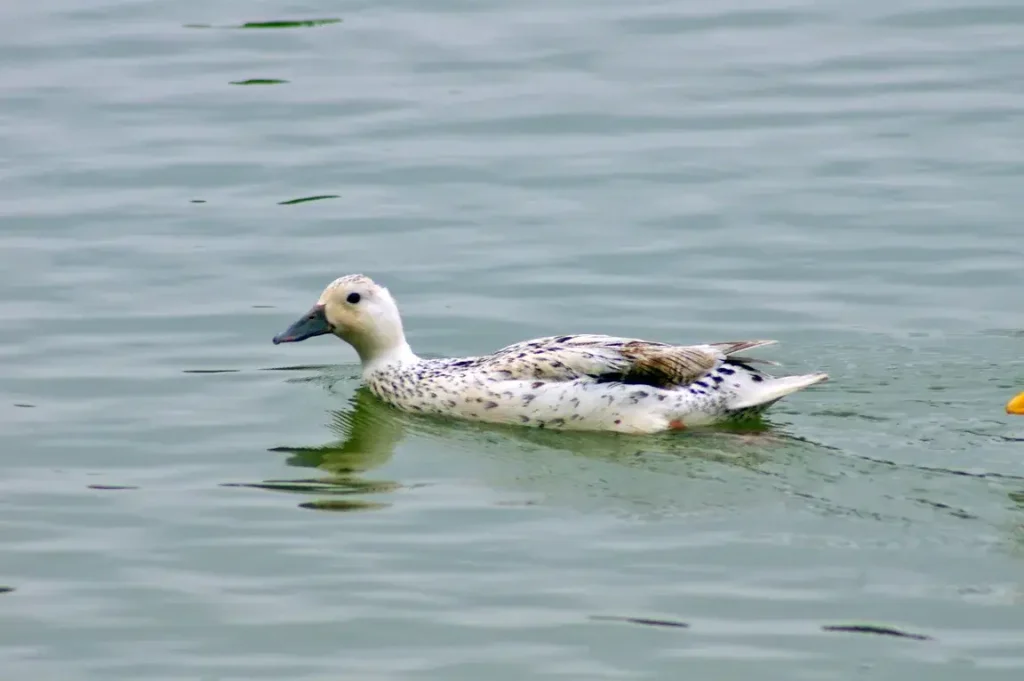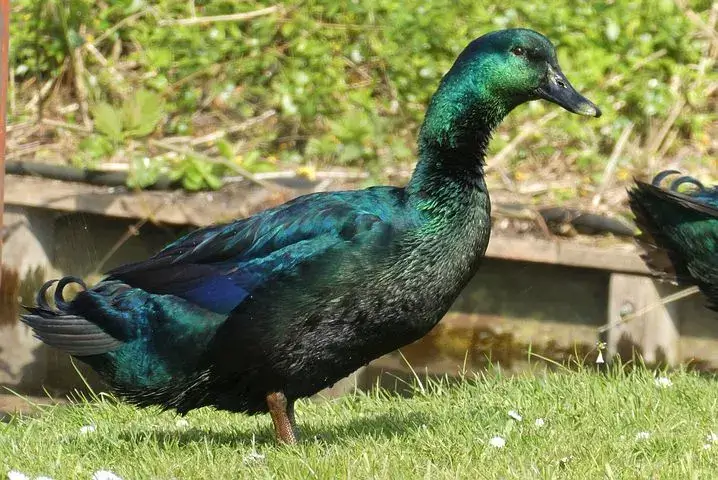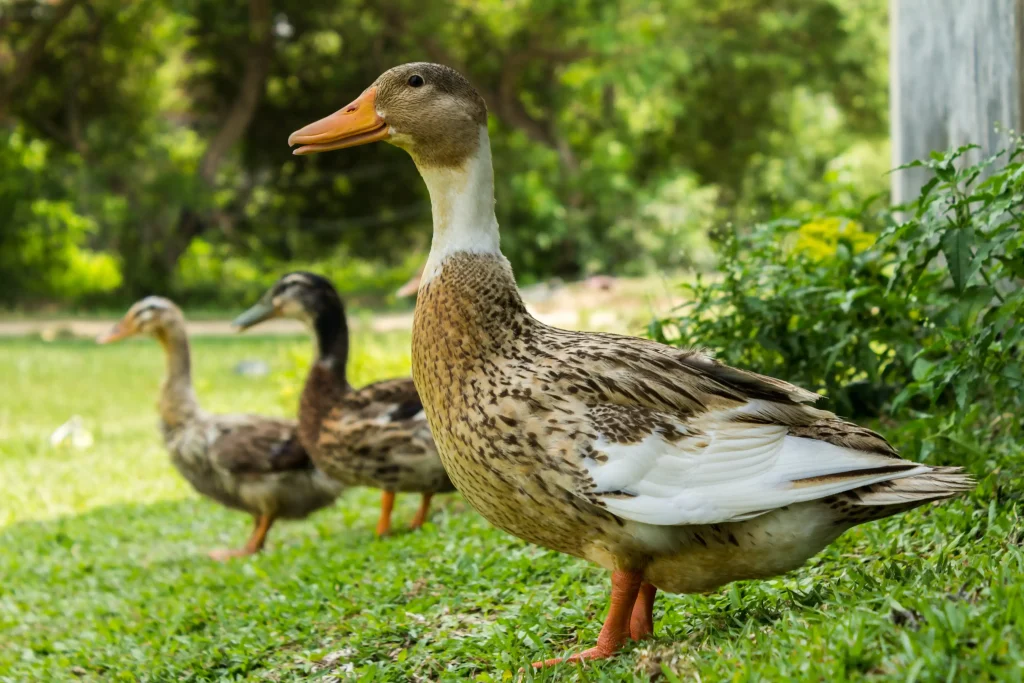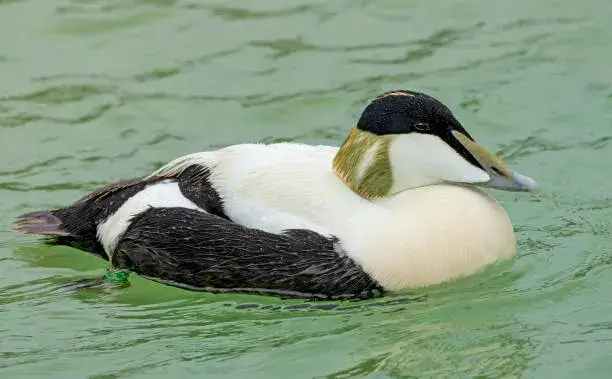📢 Call Duck – The Adorable, Chatty Star of Backyard Flocks
🌟 Introduction to the Call Duck
Looking for a small, adorable duck breed that brings charm, personality, and cuteness overload to your backyard? 🦆💕 Meet the Call Duck — a bantam duck known for its tiny size, sweet appearance, and surprisingly loud voice. These miniature ducks are not only great companions but also incredibly entertaining, making them favorites in shows, small flocks, and urban settings alike.
📜 Origin and History
The Call Duck may be tiny, but it has a fascinating history that dates back centuries. It’s believed that this breed originated in the Netherlands and was used as a decoy duck to lure wild ducks into traps.
Highlights of their background:
- 🇳🇱 Originated in the Netherlands
- 🪤 Originally used as decoy ducks by hunters
- 🎖️ Introduced to England in the 1800s and quickly gained popularity
- 🏆 Became a favorite show breed due to their size and cuteness
📚 Scientific Classification
- Scientific Name: Anas platyrhynchos domesticus
- Common Name: Call Duck
- Origin: Netherlands
- Primary Use: Ornamental, Pets, Shows
🦆 Appearance and Unique Traits
Call Ducks may be small, but they make a big impression with their compact, round bodies and cheerful faces.
Physical traits:
- 📏 Tiny size – one of the smallest domestic duck breeds
- ⚖️ Weight: 1.5 – 2.5 pounds (700–1100g)
- 🔊 High-pitched, loud quack (especially females)
- 🎨 Available in many colors: white, gray, black, silver, pastel, blue fawn, and more
- 👀 Bright eyes and a short, rounded bill
🥚 Egg Production
Although not known for high egg production, Call Ducks do lay a modest number of small, creamy-white eggs.
- 🥚 50–100 eggs per year
- 🕊️ Eggs are small but tasty
- 🪺 Some hens are broody and will hatch their eggs
💬 Personality and Behavior
Call Ducks are outgoing, playful, and full of energy. They love interacting with people and other animals, making them wonderful pets. However, their voice is what truly defines them!
- 😄 Friendly and curious
- 🎤 Extremely vocal (especially females)
- 👨👩👧👦 Great with children and families
- 🏙️ Ideal for small yards but not recommended for noise-sensitive areas
🌿 Foraging and Free-Ranging
These ducks enjoy exploring and foraging, although their small size means they don’t need as much space as larger breeds.
- 🪲 Will hunt bugs, slugs, and small weeds
- 🛡️ Supervised free-ranging is recommended to protect them from predators
- 🚶♀️ Stay close to home, rarely wander far
🏡 Housing and Care
Because of their size, Call Ducks need extra protection and care, especially from predators like cats, hawks, and raccoons.
- 🏠 Secure, dry, and well-ventilated duck house
- 🌧️ Use dry bedding such as straw or pine shavings
- 🛡️ Predator-proof fencing with small mesh wire
- 💧 Access to a shallow kiddie pool or tub for bathing
🍽️ Feeding Needs
Ducks need proper nutrition to support their tiny bodies and vibrant personalities.
- 🌾 Starter crumble for ducklings, then switch to layer pellets
- 🍃 Supplement with greens, peas, oats, and insects
- 🚱 Ensure feed is unmedicated and fresh
- 💦 Always provide clean water with their meals
🧬 Breeding and Ducklings
Call Ducks are often bred for ornamental purposes or competitions. They also make great mothers.
- 🐣 Very broody hens — known to sit and raise ducklings
- 📆 Incubation period: around 26–28 days
- 👶 Ducklings are miniature and extra cute
- 🪹 Careful monitoring is needed during hatching due to the small size
🆚 Call Duck vs Other Ducks
| Feature | Call Duck | Pekin Duck | Cayuga Duck |
|——————-|——————|——————|——————|
| Size | Very small | Large | Medium |
| Egg Production | Low | Moderate | Moderate |
| Voice | Very loud | Moderate | Quiet |
| Personality | Playful & Social | Calm & Friendly | Calm & Quiet |
| Use | Ornamental/Pet | Meat/Eggs | Eggs/Ornamental |
🎉 Fun Facts About Call Ducks
- 📣 Originally used by hunters to “call” wild ducks into traps
- 💄 Their quacks are often louder than full-size ducks
- 👑 Popular in poultry shows due to their attractive appearance
- 🌈 Available in over 20 recognized colors and patterns
✅ Pros and Cons of Raising Call Ducks
Pros:
- ✅ Incredibly cute and photogenic
- ✅ Great pets for children and small spaces
- ✅ Friendly, interactive, and fun to watch
- ✅ Come in a variety of colors and patterns
Cons:
- ⚠️ Loud quacking, especially from females
- ⚠️ Require extra protection from predators
- ⚠️ Egg production is lower than standard breeds
💡 Who Should Raise Call Ducks?
Call Ducks are ideal for:
- 👨👩👧 Families looking for fun, small pets
- 🏙️ Urban dwellers with secure, quiet-friendly environments
- 🎨 Poultry hobbyists who love shows and exhibitions
- 💚 Beginners who want easy, friendly ducks
❓ Frequently Asked Questions
Q1: Are Call Ducks good for egg production?
A: Not really. They lay fewer eggs compared to larger breeds, but their eggs are delicious!
Q2: Can Call Ducks live indoors?
A: While they’re small, they are still ducks and do best outdoors with access to water and dirt. However, some people raise them indoors short-term as pets.
Q3: Are Call Ducks noisy?
A: Yes! Especially females — they have high-pitched, loud quacks, so they’re not ideal for noise-restricted areas.
Q4: How long do Call Ducks live?
A: With proper care, they can live 7 to 10 years or more.
Q5: Do they need a pond?
A: No pond required! A small tub or kiddie pool works perfectly.
🏁 Final Thoughts – The Tiny, Talkative Duck with a Big Personality
If you’re searching for a duck breed that delivers fun, friendliness, and flair in a tiny package, the Call Duck checks every box. Whether you’re building a backyard flock or participating in poultry shows, these little ducks will steal the spotlight — and your heart. 💖🦆📢
